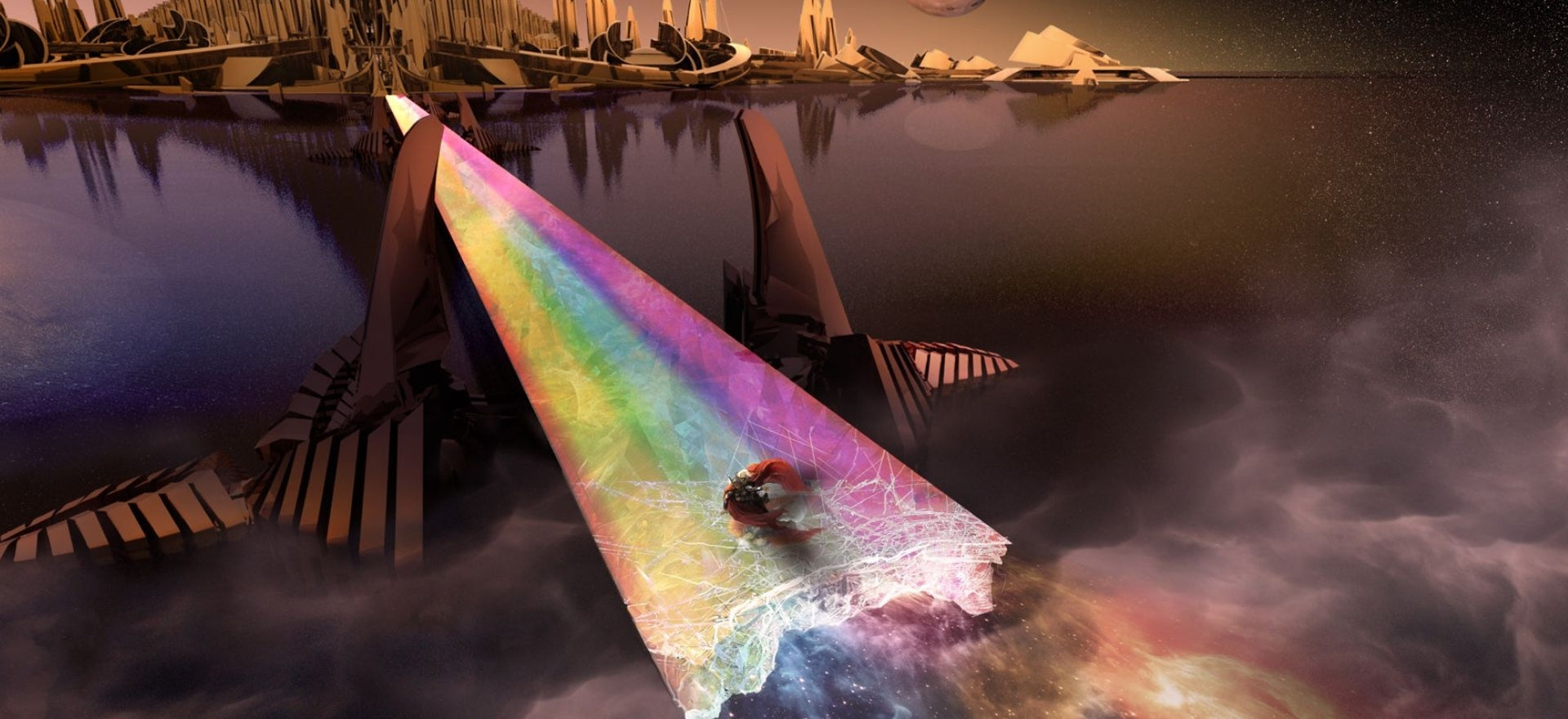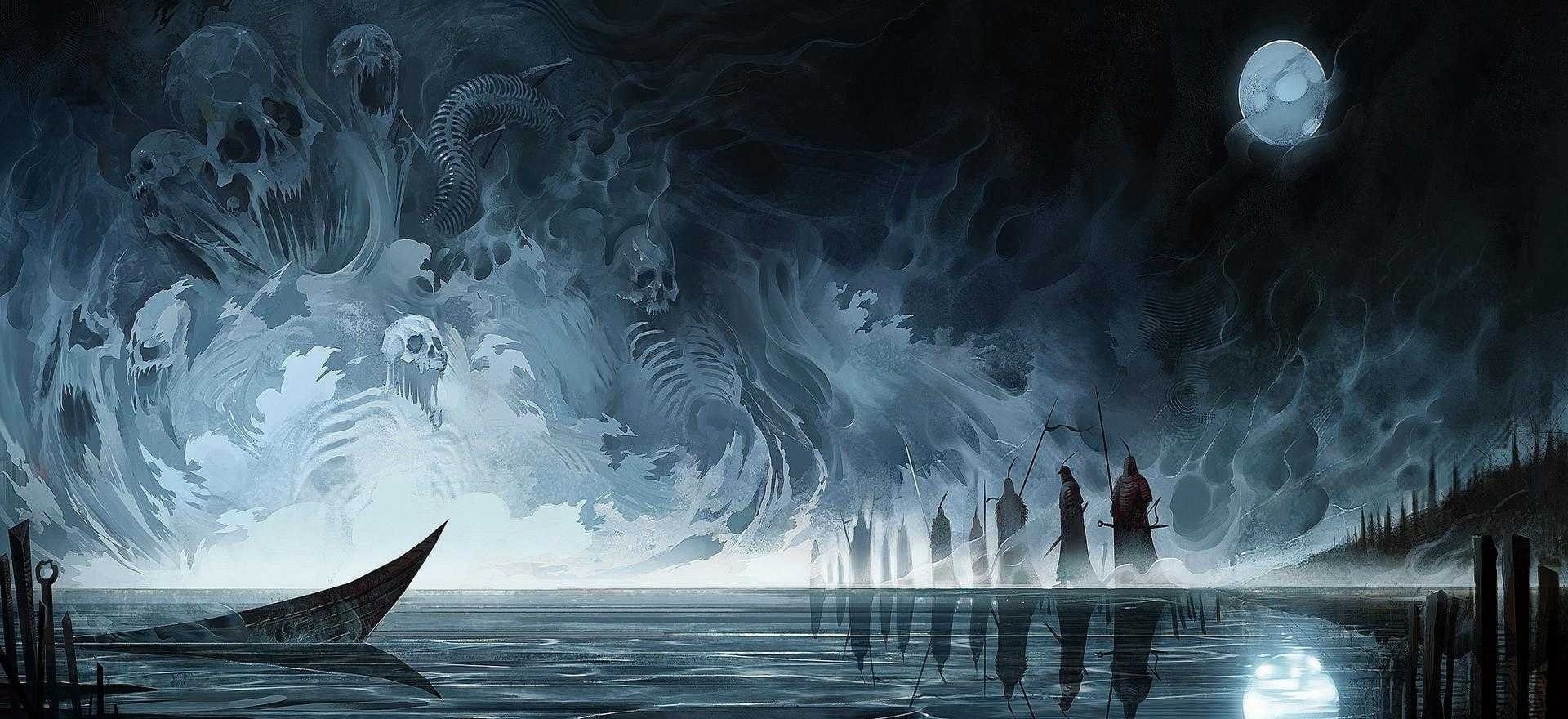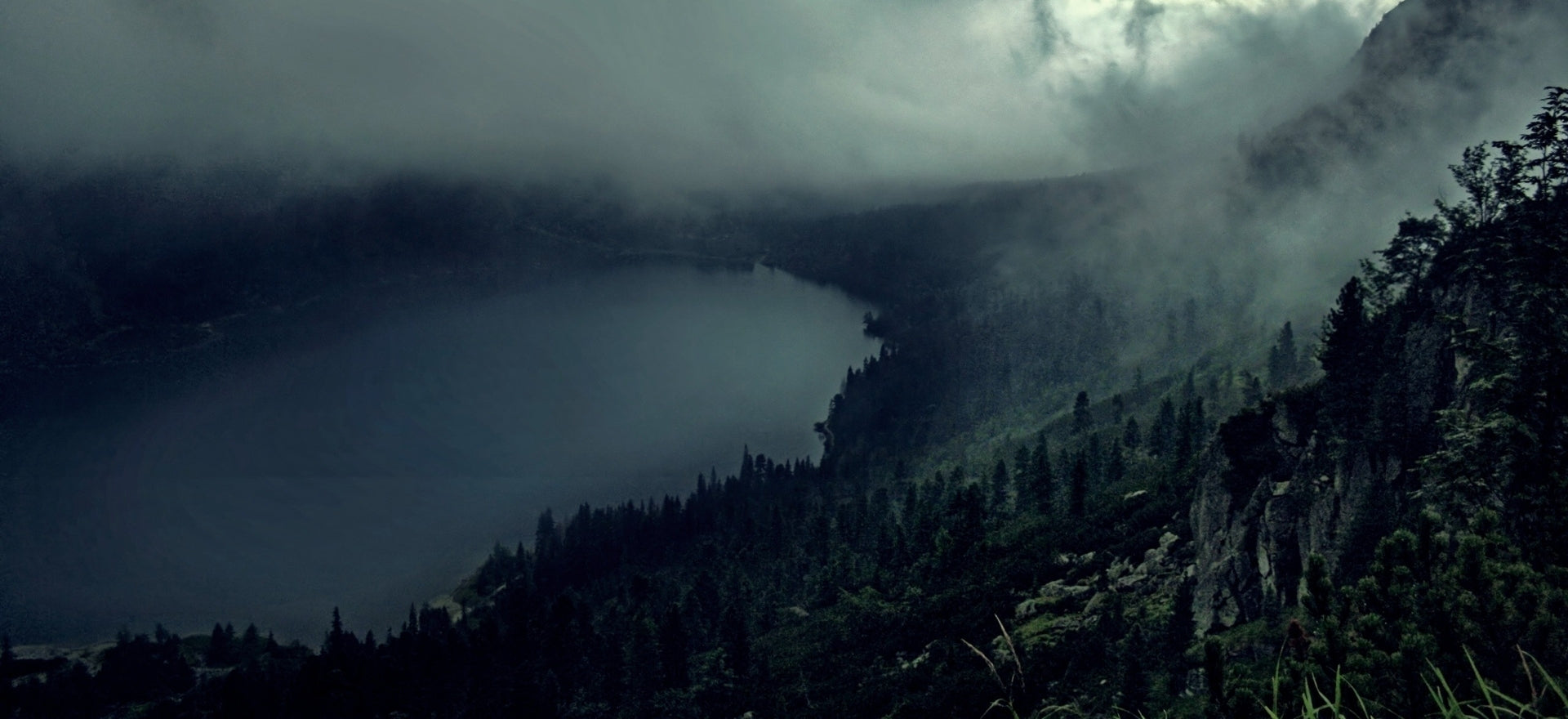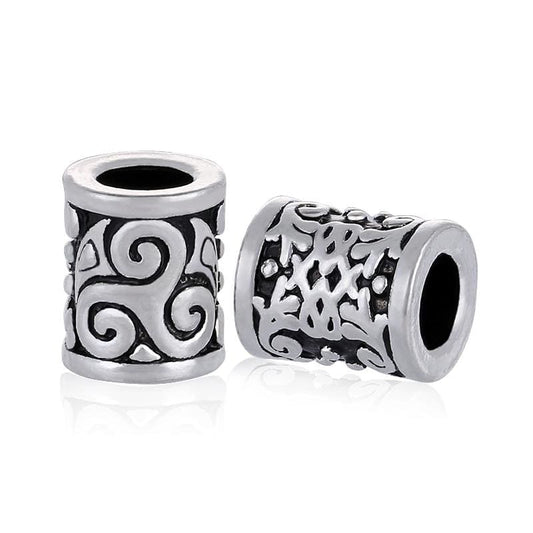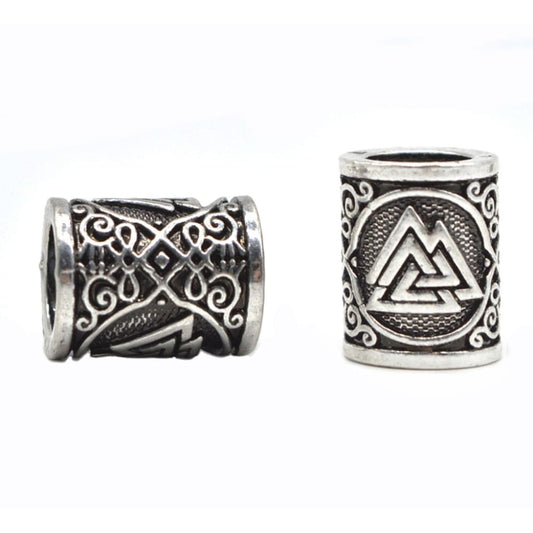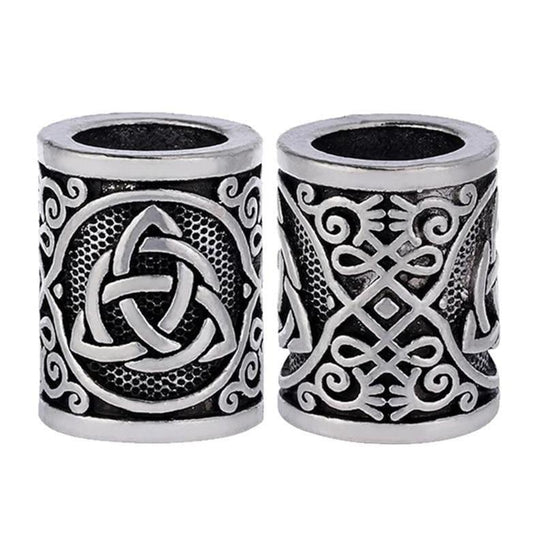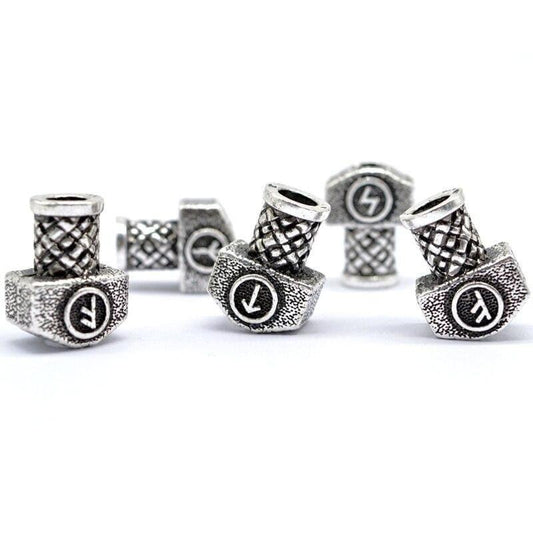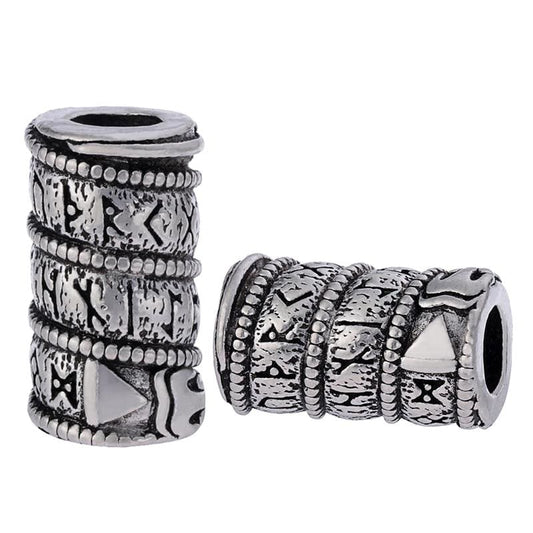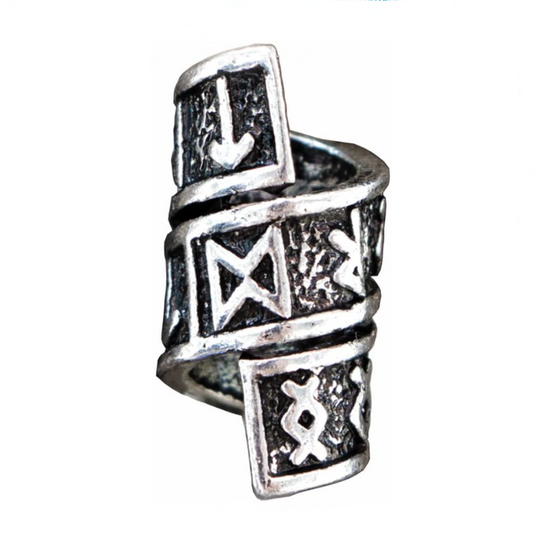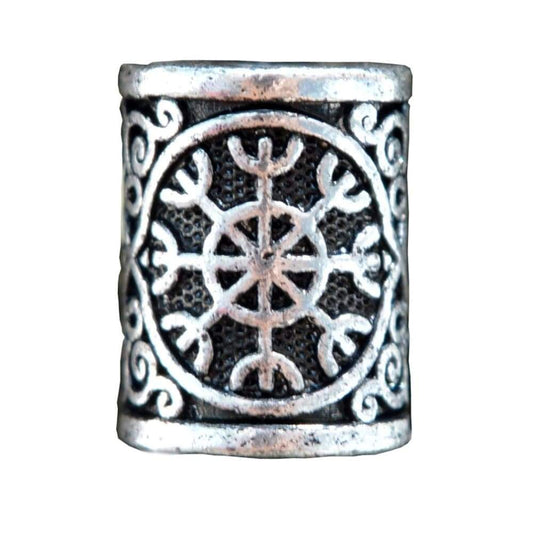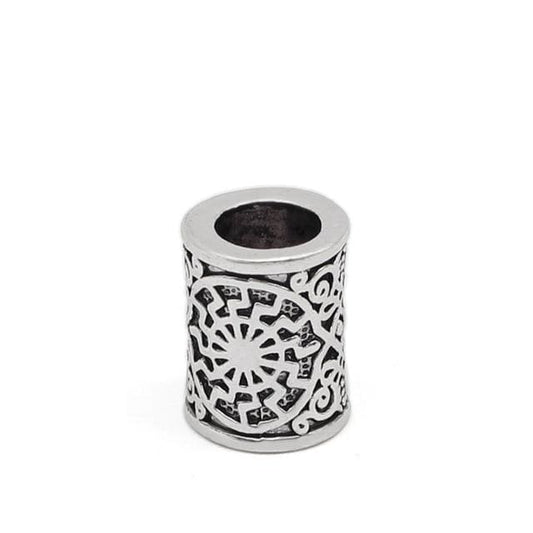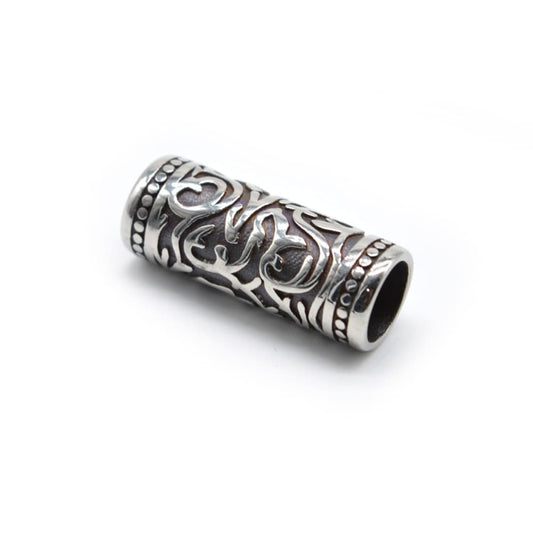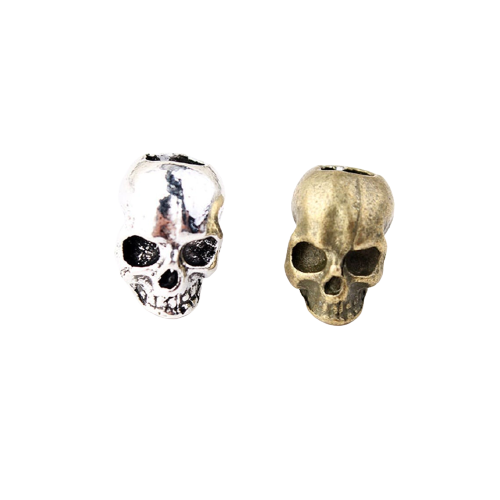In Norse mythology, Asgard (from Old Norse Ásgarðr, 'enclosure of the Aesir') is the realm of the Aesir, ruled by Odin and his wife Frigg. Within Asgard, Valhalla is located.
It is part of one of the Nine Realms of Yggdrasil, an evergreen ash tree also called the tree of life or ash of the universe in Norse mythology. From the roots and branches of the tree, the worlds of Asgard, Midgard, Helheim, Niflheim, Muspellheim, Svartalfheim, Alfheim, Vanaheim and Jötunheim are held together.
The construction of Asgard
After the war with the Vanir, the walls of Asgard were destroyed, leaving the Aesir vulnerable to attack by the giants.
To rebuild them, the Aesir hired the services of a giant who agreed to repair the walls in a very short time, and the gods accepted, influenced by Loki, that if this was so, they would give him in payment for his work the Sun, the Moon, and the goddess Freya.
The architect now possessed a marvelous horse capable of carrying in a flash staggering masses of stone called Svadilfari; so much and so well did he perform that, a few days before the appointed time, the palace approached its perfection.
The gods, who had made the pact because they believed that the giant was not capable of fulfilling it, were afraid, and it occurred to them to create a wonderful mare (who was, in fact, Loki in disguise), whom they put in the way of the horse.
The horse abandoned his work to pursue her, and the giant was unable to finish the job as promised. Furious at his defeat, the giant wanted to throw himself against the gods, but Thor slayed him down.
Asgard in the Eddas
The primary sources on Asgard come from the prosaic Edda, written in the 13th century by the Icelandic writer Snorri Sturluson, and the poetic Edda, also compiled in the 13th century, on a base of much older scaldic poems.
Asgard in the Poetic Edda
Völuspá, the first poem of the Edda, mentions several of the features and places of Asgard described by Snorri, e.g., Yggdrasil and Idavoll.
Asgard in the Prosaic Edda
The prosaic Edda presents two visions of Asgard.
Asgard in the Prologue
In the prologue Snorri gives an evemerist and Christian-influenced interpretation of the myths and tales of his ancestors.
Sturluson hypothesizes that Asgard is the home of the Aesir in Asia, making a folk etymological connection between the three "As-"; this means that the Aesir were actually "men of Asia", and not gods, who migrated from Asia to the north and that some began to intermarry with people from the region.
Snorri's 12th century interpretations foreshadow 20th century ideas of Indo-European migration from the east.
Snorri also writes that Asgard is a land more fertile than any other, blessed with an abundance of gold and jewels. Correspondingly, the Aesir excelled among all other people for their strength, beauty and talent.
Snorri suggests the location of Asgard as Troy, the center of the earth. In it there were 12 kingdoms and 12 chiefs. One of them, Múnón, married Priam's daughter, Tróán, and had a son with her, Trór, which in Old Norse was pronounced Thor.
The latter was raised in Thrace. At twelve years of age, he was whiter than ivory, had hair lighter than gold and could lift 10 bearskins at a time. Over the years, he explored far and wide.
Odin, led a migration to the northern lands, where he took many wives and had many children, populating the entire north with Aesir.
One of Odin's sons was Yngvi, founder of the house of Yngling, an early Swedish royal dynasty.
Asgard in the Gylfaginning
In Gylfaginning ("Gylfi's Deception"), Snorri presents his mythological version drawn no doubt from his sources. At the time, Icelanders were being converted to Christianity, so he could not present the myths as part of a current belief. He resorts instead to a debunking ploy: Gylfi, king of Sweden before the Aesir, travels to Asgard and comes across a great hall (Valhalla) in the second section.
Inside are three officers, whom Gylfi, in the guise of Gangleri, is allowed to ask questions about Asgard and the Aesir. What follows is a revelation of the ancient myths, but in the end, the palace and the people disappear in a thunderclap and Gylfi found himself alone on a plain after being tricked (Section 59).
In Gylfaginning, ancient Asgard was ruled by an elder god, the father of all, who had twelve names. He was the lord of all and the creator of heaven and earth (Section 3). During creation, the cosmic cow Auðumbla licked Buri from the ice. His son, Bor begat Odin, Vili and Vé, who built the universe from the remains of the giant Ymir and set Midgard in it as a residence for the first human couple, Ask and Embla, which they created in Section 9.
The sons of Bor built Asgard as a home for the Aesir. Asgard is conceived on earth, and a rainbow bridge, Bifrost, connects it to paradise (Section 13). Within Asgard there is a temple for the 12 gods, Glaðsheimr, and another for the 12 goddesses, Vingólf, and the plain of Idavoll is the center (Section 14).
After Ragnarök, the land will rise again from the sea, more beautiful than before, and where Asgard once stood, the remnants of the Aesir will unite after leaving Helheim.
Asgard in the Saga of the Ynglings
In the opening stanzas of the Saga of the Ynglings, Asgard is the capital of Asaland, a section of Asia east of the river Tana-kvísl or Vana-Kvísl (kvísl is "arm"), which Snorri explains is the river Tanais (now Don), flowing into the Black Sea.Odin is the head of Asgard. From there he leads and sends military expeditions to all parts of the world. He has the virtue of never having lost a battle (section 2). When he is away, his two brothers, Vili and Vé, rule Asaland from Asgard.

